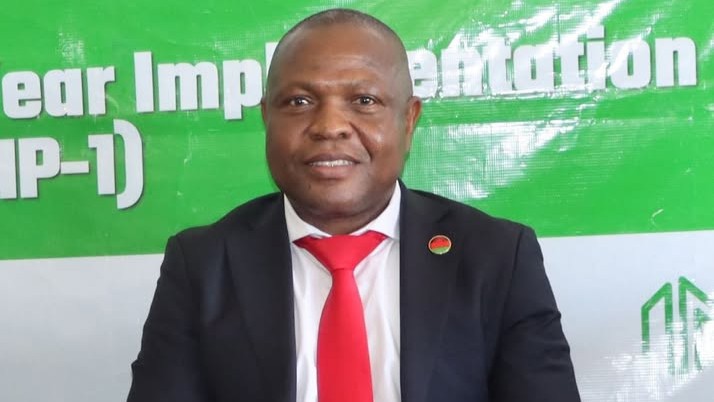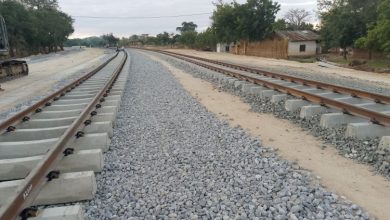Commission moves to push formodern, low financing models
National Planning Commission (NPC) says in the face of funding constraints, it will prioritise modern and low financing models to advance the Malawi 2063 (MW2063), the country’s long-term development plan.
Currently, implementation of a number of interventions remains slow due to either inadequate funding or implementation capacity deficiencies in the country.

This is posing a risk to the attainment of two milestones of graduating the country to middle-income economy and meeting most of the United Nations Sustainable Development Goals by 2030.
In an interview on Friday, newly appointed NPC director general Frederick Changaya conceded that Malawi has significant headwinds due to funding constraints and shocks.
He said among the models include public private partnerships (PPP) and diaspora bond, which is a financial instrument issued by a country to its expatriates.
He said: “There are modern financing models unlike the most expensive and demanding traditional government debt.
“I think of a PPP with smart structuring with blended financing models using concessional funds to de-risk private sector participation in critical infrastructure.”
Changaya said the diaspora and thematic bonds will target Malawians abroad for infrastructure investment with innovatively crafted packages for them.
He, however, said because Malawi is susceptible to internal and external shocks that derail economic development plans, NPC will advocate provision of shock responsive safety nets.
Changaya said NPC is looking at the development of the sovereign wealth fund from a number of value chains such as mining.
In the Annual Progress Report of the Malawi 2063 First 10-Year Implementation Plan (MIP-1), NPC reported 43 percent progress.
Funding constraints had delayed some major projects, including expanding area under the Greenbelt Initiative, establishing a Mining Regulatory Authority, supporting establishment of large private mining companies largely promoted under PPPs and facilitate increase in cement production.
However, in the 2025/26 financial year, Ministry of Finance and Economic Affairs indicated that MIP-1 will continue to be the guiding policy in resource allocation and programme implementation to transform the country into a self-reliant industrialised upper middle-income economy by 2063.
The 2025/26 Ministry of Finance Financial Statement indicates that key pillars; namely ,agricultural productivity and commercialisation got K738.9 billion, urbanisation received K190.6 billion while industrialisation got K93.8 billion.
However, of the K8.05 trillion national budget, recurrent expenses are estimated at K6 trillion or 75 percent of total spending while development expenditure is allocated K2.01 trillion to drive infrastructure development and economic growth.
Minister of Finance and Economic Affairs Simplex Chithyola Banda said the fiscal plan reaffirms the government’s commitment to production-led growth, fiscal consolidation and enhanced revenue mobilisation to address economic challenges”.
MW2063 was launched in January 2021 and the plan is anchored on the three pillars of agricultural productivity and commercialisation, industrialisation and urbanisation.





